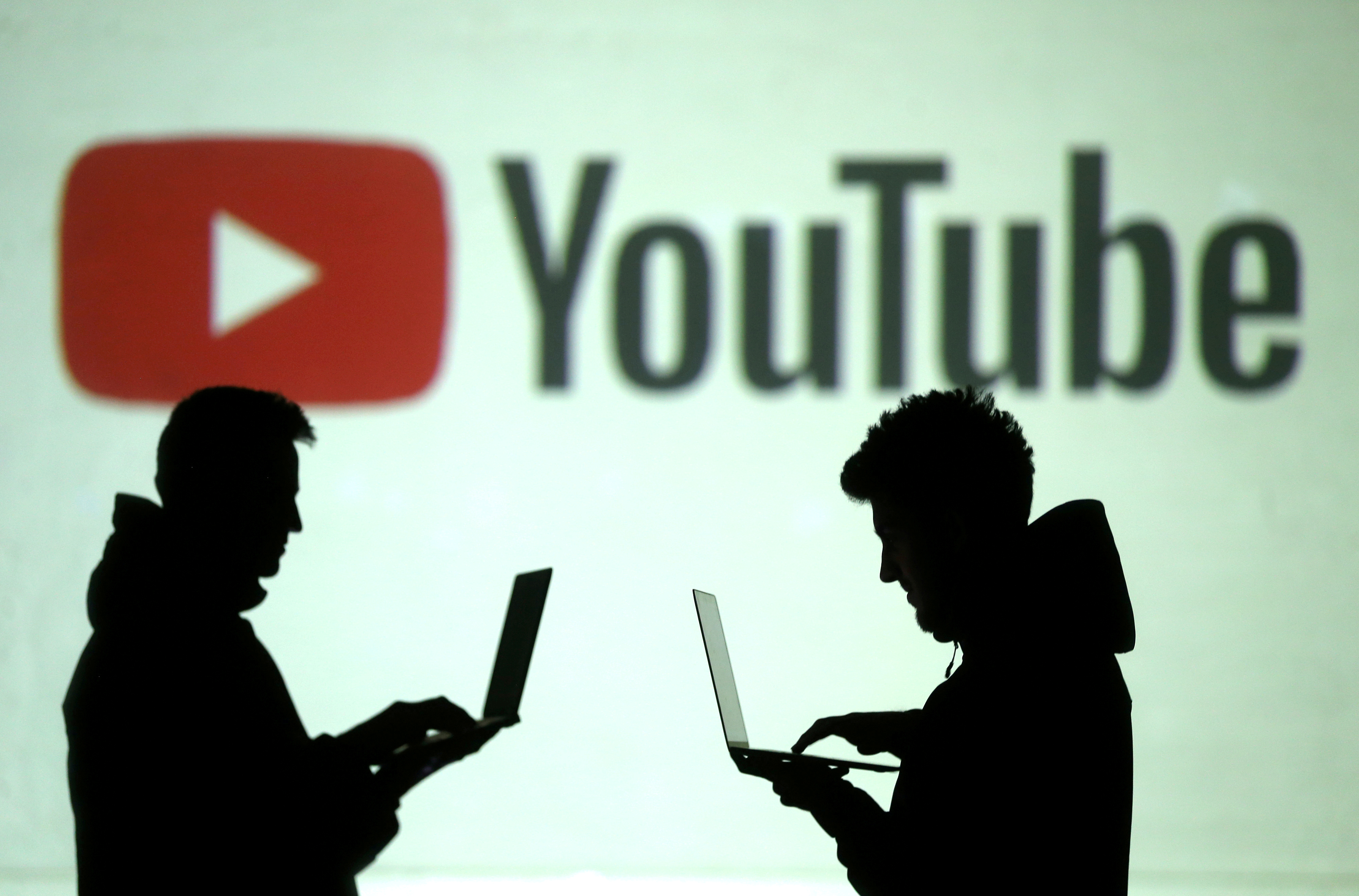- A research paper from Penn State suggests that YouTube’s algorithm doesn’t radicalize people by showing them increasingly far-right videos – instead, those videos influence viewers the same way any other media does.
- The paper asks why far-right views are so popular on YouTube, and it found that people with views that align with the far-right can more easily find communities on YouTube.
- “The true threat posed by YouTube is the capacity to create radical alternative political canons and interpretive communities to match,” the researchers wrote.
- Some scholars disputed some of the paper’s findings, particularly the way the researchers categorized political figures, and the fact that the research didn’t include banned figures.
- Visit Business Insider’s homepage for more stories.
Political scientists from Penn State have been digging into far-right content on YouTube to determine how people become radicalized, and their findings suggest that perhaps the algorithm isn’t completely to blame.
The results, which were published in a new political science research paper that Wired first reported on, dispute the common assumption that YouTube’s algorithm contributes to radicalizing users by recommending increasingly far-right videos.
Kevin Munger and Joseph Phillips, the authors of the paper, refer to this thinking as the “Zombie Bite,” theory, “which deems people who comment on videos produced by figures associated with the ‘Alt-Right’ as ‘infected,’ and that this ‘infection’ spreads.” They say that no prior studies have been able to convincingly argue the “Zombie Bite” theory.
Munger and Phillips say that this theory is misleading, because it suggests that if only YouTube changed its algorithm, alternative media would disappear and far-right viewpoints would be less visible. Instead, they write that YouTube makes uploading content and forming communities around shared ideas easier than on other platforms, and that’s why many groups gather there.
"The true threat posed by YouTube is the capacity to create radical alternative political canons and interpretive communities to match," they write in the paper.
The paper argues that on YouTube, people adopt new ideas the same way that they do in real life: they must be persuaded based on new information, they don't simply adopt far-right beliefs because a video was recommended to them. YouTube is the most popular social network in the country, beating out even Facebook, and its size makes this possible on a much larger scale, the study argues.
"We believe that the novel and disturbing fact of people consuming white nationalist video media was not caused by the supply of this media 'radicalizing' an otherwise moderate audience," Munger and Phillips wrote. "Rather, the audience already existed, but they were constrained by the scope of the ideology of extant media. The expanded supply allowed them to switch into consuming media more consistent with their ideal points."
In other words, perhaps YouTube did not make people more likely to have far-right beliefs, it just created a platform that made accessing these beliefs easier.
The study also found that viewership of videos the authors identified as "Alt-Right," and "Alt-Light," has been declining since 2017, while videos they identified as Conservative have doubled. To reach these conclusions, Munger and Phillips divided figures into five groups, from "Liberal" to "Alt-right." They categorized comedian and host Joe Rogan as "Liberal," while people like Richard Spencer were classified as "Alt-Right."
These categorizations have been critiqued by researchers like Becca Lewis at Stanford University, who has studied YouTube radicalization extensively. Lewis calls radicalization a "social and economic problem in addition to a tech one ... creators get radicalized by their audiences too."
true, plus my personal opinion is that it's not particularly valuable trying to categorize them according to rigid political identities, since part of the entire point is how slippery their identifications are
— Becca Lewis (@beccalew) October 24, 2019
Some scholars have also questioned the study's methodology. Digital and political communication researcher Jonas Kaiser pointed out that the number of views on a video doesn't necessarily show the demand for that type of video, deplatforming (or banning) wasn't accounted for, and other problems with the study left him unconvinced.
Others noted that a study like this leaves out important background information like who funds far-right content creators.
https://twitter.com/JonasKaiser/status/1187359802961342465?ref_src=twsrc%5Etfwhttps://twitter.com/max_read/status/1187052921038487552?ref_src=twsrc%5Etfw
You can read Munger and Phillips' full paper on YouTube right here.

